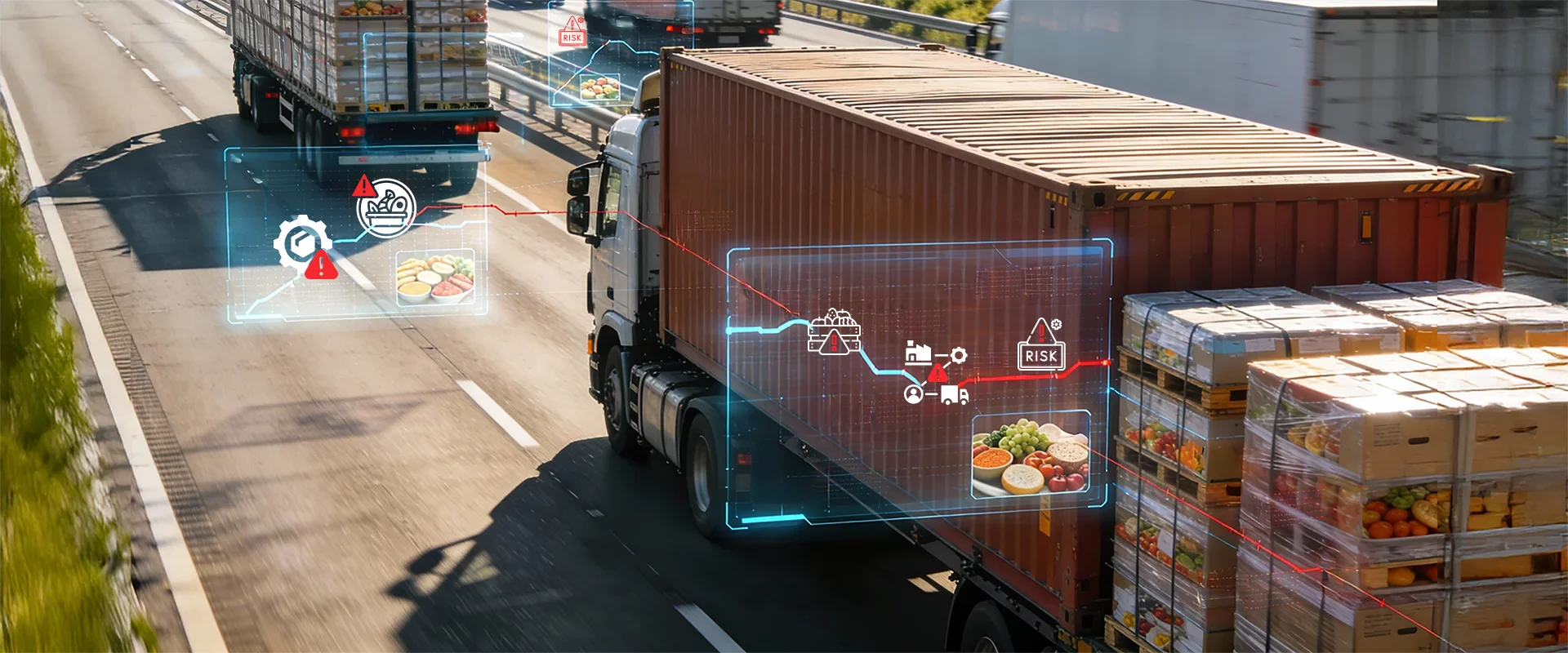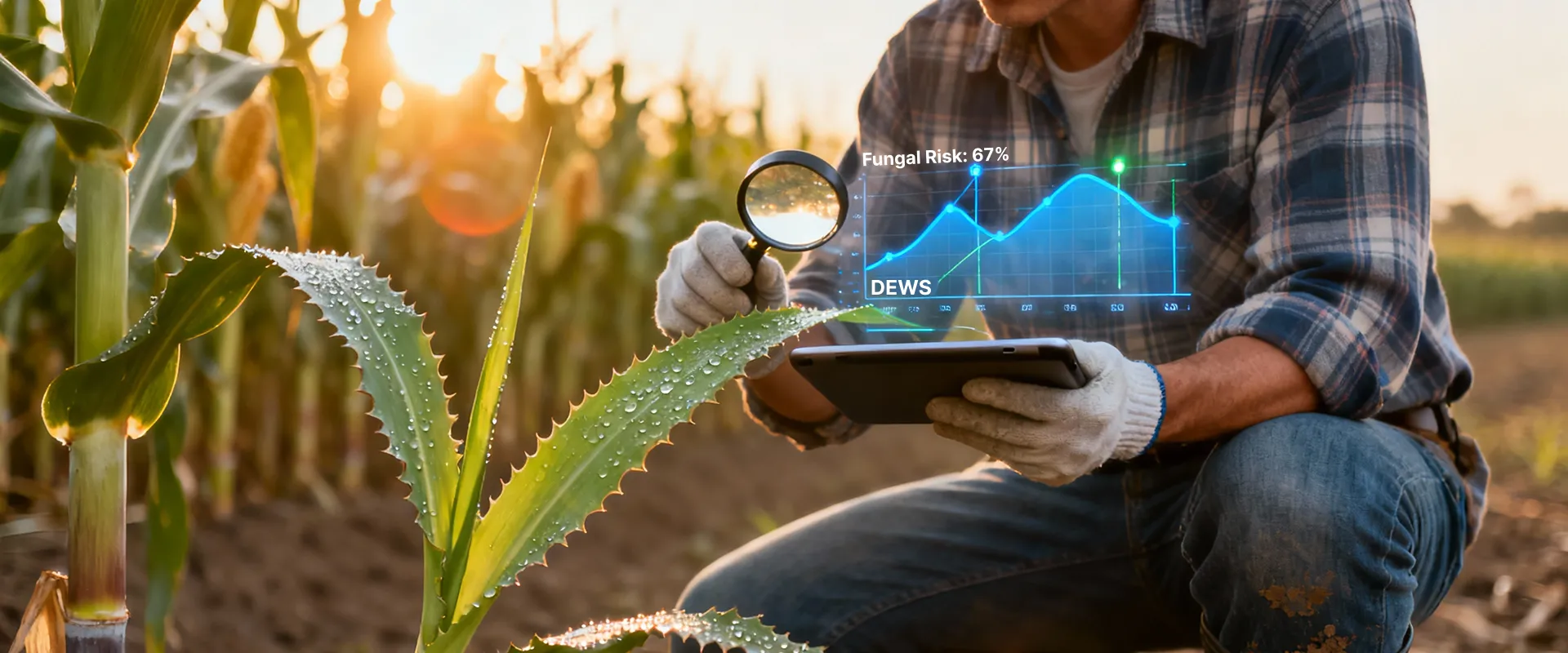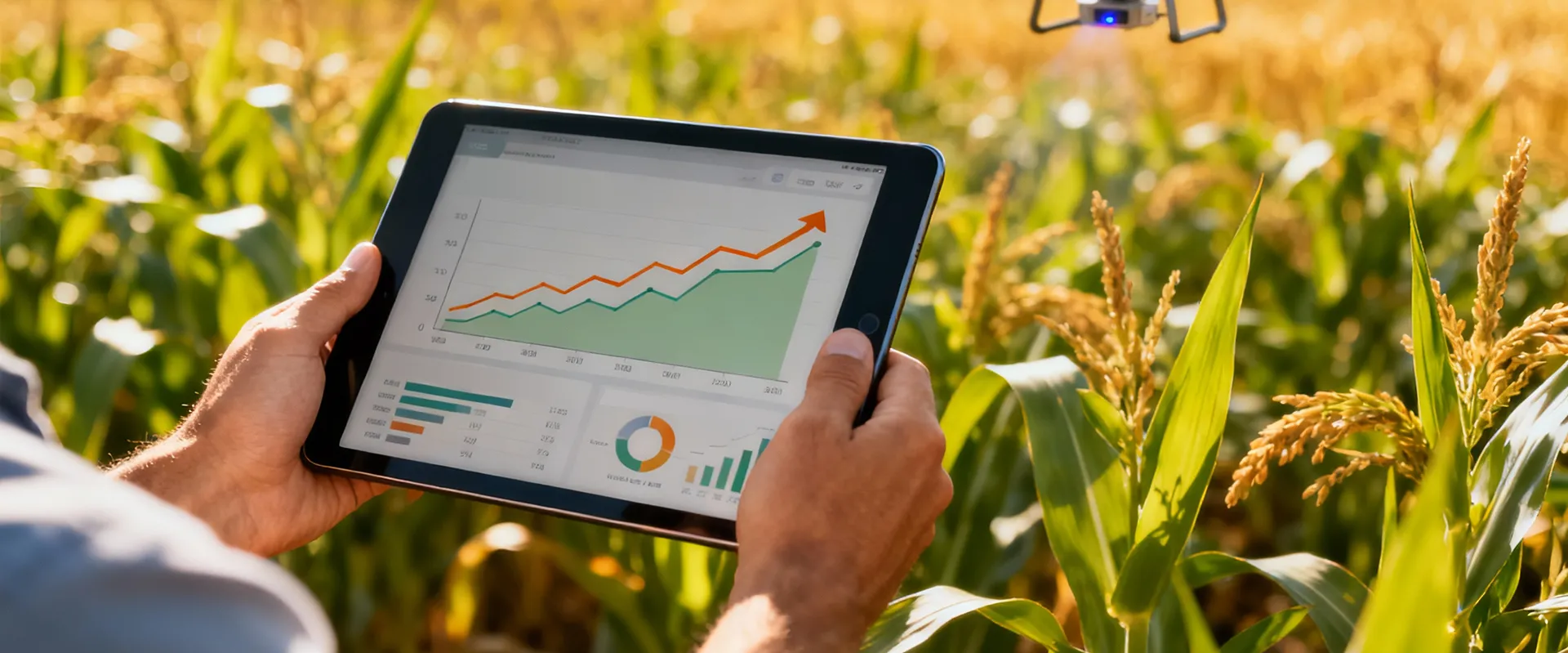- Climate change and environmental pressures
- Reducing arable land
- Rising costs of production
- Unpredictable market conditions
- Increasing demand for food in tandem with the growing population
- Changing food and consumption patterns
Challenges and opportunities faced by the seed production segment – key research findings
Transparency across the business value chain is the biggest hurdle for future growth
- Transparency across the business value chain (62%)
- Reducing costs and/or growing revenue (57%)
- Demand forecasting (52%)
- Collecting accurate data across the business value chain (42%)
- Traceability in agriculture (41%)
Accelerated farm digitization will improve financial metrics
- 12% increase in revenue
- 16% decrease in costs
Data to turn seed companies truly intelligent
Data collated by deploying technology can be a dead end if it is not mined, refined, and distributed across the business value chain. Turning data into valuable insights will help businesses make well-informed decisions to mitigate risk and improve performance. The projected shift towards digitalization:
- 48% of the data collected was digitized in 2022
- 85% of the data collected will be digitized in 2024
Master new tools to unlock new growth
Farmer engagement practices need to be revamped
- 90% agreed farmer engagement practices must be overhauled
- 54% identified building farmer trust and credibility as the key benefits of digitalization
Cropin Cloud and its role in solving top industry challenges for seed producers
Cropin, acknowledged as an innovative digital solutions provider for agriculture, has developed the world’s first intelligent agriculture cloud, Cropin Cloud, which integrates all solutions into one groundbreaking platform. Cropin Cloud comprises – Cropin Apps (Cropin Grow, Cropin Trace, and Cropin Connect), Cropin Data Hub, and Cropin Intelligence, which together ensure seamless digital transformation across all verticals for seed production companies. Cropin Cloud solves challenges in trialing, fast-tracks seeds to market and reduces time spent on research and development. It enables farmer engagement, seed traceability, resource optimization and provides proof for certifications.








